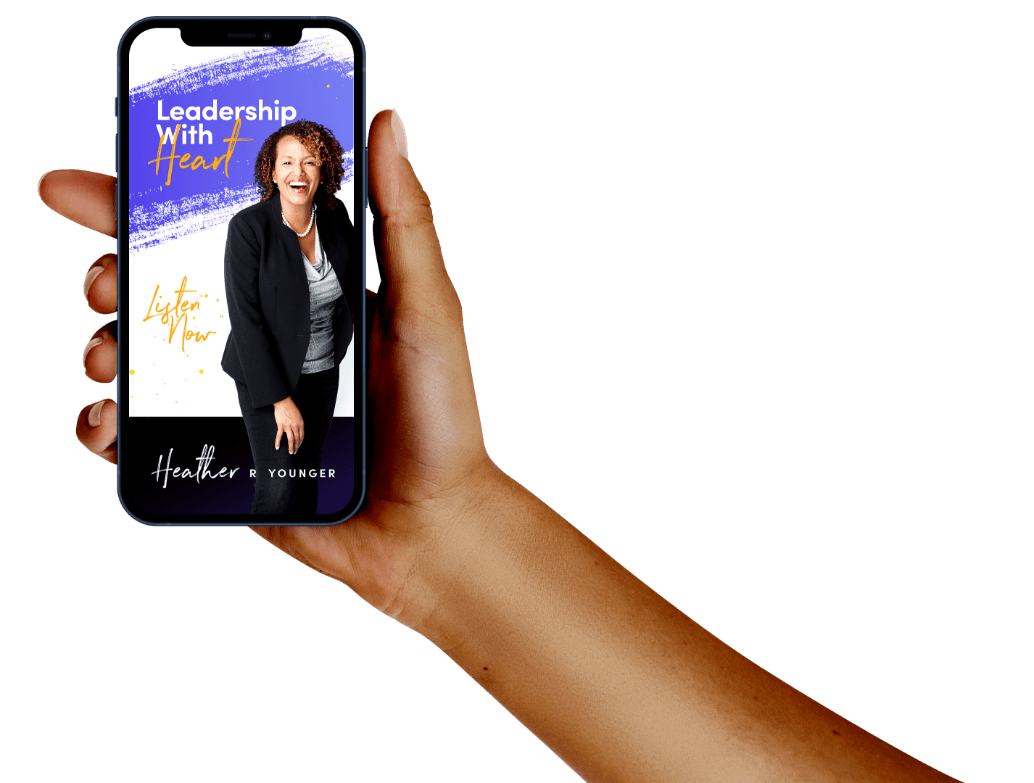I speak a lot on the Art of Caring Leadership, but not everyone’s leadership style is the same. Although kindness and empathy should be at the forefront of whichever leadership style suits you best, each role you have throughout your career may look a little different and require you to switch up your approach. Some leaders are more oriented with coaching and developing an organization and some may be more focused on team building and providing solutions as a team. Whatever your leadership style is, it’s important to not only remember that there is always room for growth and improvement, but be open to the fact that your leadership style may change over time.
The Coach
If any of you have children, you likely already know the importance of what having a good coach as a leader does for your child as they develop their skills. If they enjoy their coach, they enjoy the sport, which makes them want to be loyal, work hard, value teamwork and achieve the best they can. Much like that, leaders who favor this type of leadership approach work to encourage and support each team member's strengths so that employees can develop to their full potential. A coaching leadership style also focuses on developing overall team performance. Just putting your time and effort into one individual won’t drive the results you seek. It’s important to learn about your team’s strengths and weaknesses as individuals and apply those assets where you see fit. And again, just like sports, you may have one or two people on the team who are excellent athletes (or excellent employees) but the final results depend on team performance, not just one individual. A focus on communication is also an important part of this leadership approach, as coaching people involves guiding them and offering constructive feedback to help them improve.
The Engager
When people feel heard, valued, and understood by their leaders, their engagement typically increases as a result. Recognizing not only your team as a whole but each employee individually plays a huge part in showing how much you truly value them and what they bring to the table. I personally feel this leadership style should always coincide and encompass another as engagement drives loyalty. Engaged leaders prioritize connecting with their employees on both a professional level and a personal level to understand what's important to each individual. When your people know that you care about their overall wellbeing, the lines of communication remain open and transparent and their efforts will show.
The Authoritive
An authoritative leader has total control and power over the team, and serves as the sole decision-maker, which means not allowing your team to have any input on said decision making process or what tasks they’re assigned. This is often also referred to as "top-down leadership" or "command and control leadership." While authoritative leaders may have productive teams that benefit from clear instructions, quick decision-making and not needing to worry about coming up with improvements, many organizations consider this type of top-down leadership to be "old school." And in my opinion, it certainly is. This type of leadership style can become problematic as it fails to harness the best ideas of the group as a whole, which can limit innovation and decrease your employee retention.
The Collaborator
Contrary to the above, collaborative leaders want to involve and engage their team members in the decision making process. If you are usually very transparent with your people and you have a goal to ensure that everyone not only has a seat at the table, but a voice that's heard and encouraged in every meeting - you likely hold this type of leadership style. This approach is also commonly accompanied alongside another and proves that you value your people’s opinions. The benefits to this type of leadership is when you do collaborate with your team, ideas and solutions are usually brought about that may not have been produced in a one man show.
The Observer
Leaders who have a high level of emotional intelligence may make strong, observant leaders. They help others identify their own talents and are able to foster building strong relationships with both individuals on their team as well as others within leadership. By building these relationships, it provides you with a better insight on your people as this leadership approach requires you to be able to look beyond the surface and recognize the unsaid. Observing your people’s moods and body language will help you learn to recognize when things or individuals in the workplace feel ‘off.’
Reflection
Many of these leadership approaches often accompany one another and/or compliment each other. Which one relates the most to you? While styles of authoritativeness may succeed in the short term, encompassing caring leadership and the many qualities that brings, creates long-term success. By building a positive and uplifting culture, your leadership can showcase your employees' well-being and teamwork while increasing engagement and playing into a successful overall organizational performance.






